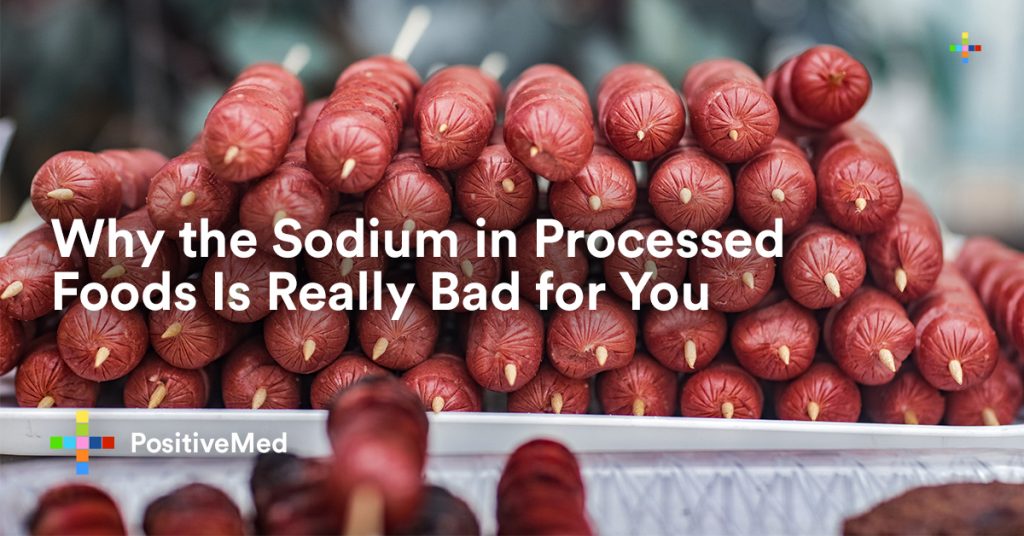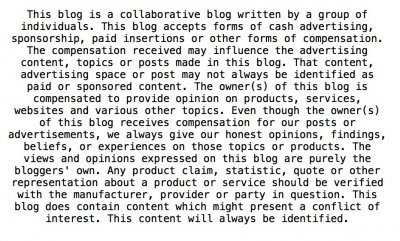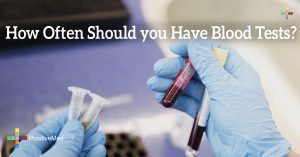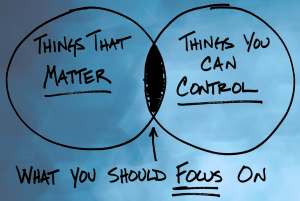You live in an “instant” world. With your fast-paced lifestyle, you want to get everything you need in an instant.
Thanks to processed foods which are packaged for convenience, you can rush through your daily work and family duties without having to worry about cooking for hours. But, should you really thank processed food?
Before you become too generous with your praises for this modern-day time saver, you must first know a few things about processed food. According to the National Health Service of UK, processed food does not refer merely to ready-to-eat microwavable meals or the cold cuts you buy for sandwiches. Once a manufacturer changes the natural state of any food item for packaging or safety purposes, that food item is processed.

Of course, we know that fast food burger is a processed food, and so is a hotdog. But, how about that chicken you fried for dinner, which you coated with a pre-packed batter mix to make it crispy? Or that home-cooked spaghetti you served for lunch, on which you sprinkled ground pepper or grated parmesan cheese before serving? What about the pancakes you made from grocery store-bought flour and topped with maple syrup from a bottle? Are they natural or processed?
Unfortunately, these little spices and condiments and other instant ingredients you use for cooking are processed foods. Taking all these into consideration, you probably realize now how much processed items you use in your recipes. Your meals, no matter how nutritious they may seem, are not 100% healthy.
Understanding the Contents of Processed Food
Not all processed foods are unhealthy as is, but all processed foods contain an extra amount of sugar, salt, and fat. The primary purpose of these is to preserve the product — a practice followed for centuries.
Salt, in particular, is instrumental in prolonging the ‘shelf life’ of food, especially when refrigeration was not even a concept yet. Salt also hastens fermentation and improves the flavor of your dish. No matter what advertising slogans say, all processed foods contain some amount of salt. Here’s why.
Salt is made up of sodium and chloride ions, which are responsible for decreasing the process called “water activity” in food. Water activity refers to the amount of water present in food that enables bacteria to thrive. Salt reduces that amount to stop bacterial growth. It also absorbs the water from bacteria, killing them in the process. So, the more salt in food, the less likely bacteria will develop.
However, while salt alone is an excellent preservative, many products require other additives to attain the chemical reaction needed to arrest food spoilage. As such, manufacturers add the following chemicals to your food:
● sodium nitrite
● sodium nitrate
● disodium ethylenediaminetetraacetic acid
● sodium phosphates
● sodium sulfite
● sodium diacetate
● sodium propionate
● sodium erythorbate
● odium acetate
● sodium lactate
● sodium benzoate
● sodium ascorbate
These chemicals, which make food unhealthy, are found in many popular food items such as cured meats, salad dressings, baked goods, fruit fillings, cheese, jams and jellies, and canned foods. When consumed in vast amounts, these chemicals could potentially trigger conditions such as heart disease, bowel problems, cancer, and high calories.
It’s important to know that 80% of the sodium we consume every day is hidden in these processed products, so cutting down on your table salt intake isn’t the only way to lower sodium consumption. If you suspect that the food you eat or use for cooking has the chemicals above, check the ingredients on the package.
The Effects of Sodium on Your Body
Sodium removes the water activity of bacteria and food, but it causes the body to retain water. The more sodium you consume, the more water your body keeps. This vast amount of fluid on your body consequently raises your blood pressure, causing strain on your arteries, kidneys, heart, and brain. It puts your body at risk of kidney disease, stroke, heart attack, and dementia.
The Blood Pressure Association (BPA) helps us understand exactly how these conditions may develop:
HOW SALT AFFECTS THE KIDNEYS. Kidneys filter your blood and remove excess water from your bloodstream. The kidney flushes out the extra water through a collecting channel that leads to the bladder, where the latter releases it as urine. This process involves a balance of potassium and sodium to pull water from cell walls via osmosis.
Your frequent intake of processed food which increases your body’s sodium content upsets this balance and prevents your kidneys from doing their job well. With weak kidneys, your body will not be able to flush out water, and it accumulates in the blood stream, eventually raising your blood pressure.
The mounting pressure and fluid could destroy your kidneys, making them unable to filter your blood. When kidney disease occurs, the toxins and waste products in your blood will start poisoning your body.
HOW SALT AFFECTS THE ARTERY. While this is all happening to your kidneys, something else is occurring inside your artery walls. The high blood pressure brought by high salt consumption also puts a strain on the interior walls of the artery, making it difficult for the organ to pump blood. The artery muscles thicken to cope, but they reduce the passageway of blood, causing your blood pressure to continue rising. It becomes a cycle of artery wall thickening and blood pressure increase that could end in clogging the artery or damaging it.
HOW SALT AFFECTS THE HEART. In turn, the narrow passageway of your artery due to the thickened muscles lowers the pressure of blood, preventing the right amount from reaching the heart. As such, the primary organ of the circulatory system does not receive enough oxygen and nutrients it needs, causing chest pains called angina.
Guess what? The low blood pressure to the heart is a blessing in disguise as it prevents significant damage to the heart. At this point, you should have stopped eating processed food or anything with too much salt. If you continue, your blood vessels will eventually get blocked by the thick cell walls or burst from high blood pressure. Your heart will then stop receiving oxygen and nutrients from the blood and will die – a condition we know as a heart attack.
HOW SALT AFFECTS THE BRAIN. The same thing happens to the brain when your salt intake is high. With the blood pressure thickening the arteries, a slightly lower amount of blood goes to the brain, causing dementia, preventing certain parts of the brain from functioning as they should. It is the cause of dementia patients losing their cognitive and motor skills.
When the arteries leading to the brain clog or burst from high blood pressure, the blood will cease to deliver oxygen and nutrients to the brain. The result is a stroke. Severe strokes render the brain incapable of controlling bodily functions.
Are You Eating Too Much Salt?
Do you know how much salt most Americans (maybe including you) typically consume? More than 3,400 mg per day, the American Heart Association (AHA) reveals. Now, do you know how much salt is recommended to keep your body’s sodium content within the acceptable level? Not more than 2,400 mg per day, or ideally 1,500 mg. This means the average American consumes 1,000 to 1,900 mg MORE THAN the recommended amount of salt!
AHA released an infographic called the Salty Six, which shows the top six foods that are rich in salt. They include cold cuts and cured meats, canned soups, poultry, bread and rolls, sandwiches, and (everyone’s favorite!) pizza. Are these the exact foods we might find in your pantry and refrigerator today?
Lessening Your Sodium Consumption
It’s time to rethink your food options. Sodium, incidentally, causes not only severe health conditions but adverse effects on your appearance as well. Too much salt can make you appear bloated or puffy-faced, and can cause weight gain. So, even if your body does not contain the amount of sodium that could lead to severe illnesses, any amount more than the recommended daily intake can make you look unhealthy and unattractive.
The BPA suggests the following tips for reducing your sodium consumption:
● Don’t add salt to the water you use for cooking pasta, rice, or vegetables.
● Do not add an extra pinch of salt or seasoning to your cooked food. Doing so will help your taste buds get used to slightly bland meals. After a few weeks, you will have adjusted to less salty foods and can recognize the other subtle flavors.
● Choose low-salt sauces, soup bases, gravy mixes or stock cubes over high-sodium ones. Better yet, make your own stock for cooking purposes. Also buy low-sodium table salt alternatives, which contain potassium instead of sodium.
● Add flavor to food using fresh and safe ingredients such as chilies, ginger, pepper, shallots, vinegar, and others.
● Manufacturers now display the fat, saturated fat, sugar, and salt content of food products on the package. They present precautions as “traffic lights.” A green light means the ingredient is safe to eat; amber indicates that the food is good for eating in moderation; while red means you should eat the food sparingly. Always go for the ingredient with a “green light” on sodium.
The next time you learn that the food you’re eating is potentially dangerous to your health, don’t take it with a grain of salt (pun intended). Read the ingredients on the package and always choose ‘low sodium.’
Bio:
M is a happily married Filipino mother to three wonderful little daughters, ages: 8 years, 5 years, and 4 months old. Her daily life is a struggle between being the Executive Content Director for Home Fine Living and deciding who gets to watch television next. She specializes in creating and editing content for female empowerment, parenting, beauty, health/nutrition, and lifestyle. As the daughter of two very hardworking people, she was brought up with strict traditional Asian values and yet embraces modern trends like Facebook, vegan cupcakes, and the occasional singing cat video.
Photo:

Email:
Recent Work:
Eating Healthy With a Sweet Tooth
Sources:







